Latest News
“My vision was to create a game that can deliver excitement and anticipation with every spin” – Exclusive interview with Toby Woolhouse, PO at Push Gaming

 Reading Time: 5 minutes
Reading Time: 5 minutes
Push Gaming has made a name for itself as a supplier that always looks to deliver on quality over quantity. In one of our latest exclusive interviews, we sat down with Push Gaming’s youngest PO to talk through his vision for their latest slot, Wheel of Wonders, as well as how we should expect player preferences to evolve this year when it comes to entertainment.
Wheel of Wonders marks the final slot released by Push Gaming in 2020, what made this title your favourite?
As one of the younger POs on the team, I’m very much drawn to providing a gaming experience that can really offer something different. As a passionate gamer, I’ve always been into Ways and the Cascading style of games, so I really wanted to deliver something that matched the same aesthetics, but also offered a real twist with something fresh and exciting.
The mathematics behind the game also provide something entirely new, especially when it comes to balancing the gameplay. My vision was to create a game that can deliver excitement and anticipation with every spin. As a result, Wheel of Wonders is absolutely crammed with exciting features that ensures that every single part of the game can bring in massive wins of over 1000x! But more importantly, anything can happen along the way, which is what makes the game hugely unpredictable and fun. For me, Wheel of Wonders is a truly entertainment-first product. Every feature is there to engage the player, rather than the usual mode of waiting for free spins to trigger.
Can you tell us a bit about the inspiration behind the game’s features?
Features were a massive part of the thought process behind Wheel of Wonders, and we wanted to develop something that would really stand the test of time. I’ve used a lot of the cascading influences from our games – and rather than your usual 5×3 slot, it instead dynamically expands through each spin, bringing layers ever-changing win possibilities for each spin to really keep things interesting.
To a certain extent it’s a relatively new concept, but it’s something I really think players will buy into given what we’ve seen from games with similar ideas. Elk’s Gold series has plenty of shared characteristics, as well as Cygnus – which makes me confident that players will really enjoy the hugely changeable gameplay as the fundamentals of the game continue to shift throughout.
Last but not least, for the theme, we wanted to do something that centred around the best of the ancient middle east. Mesopotamia, Babylon, Assyria – we were influenced by them all. Our team put in some serious research into the music and sounds to ensure we could really bring together a disparate set of cultures, and I’m absolutely delighted by the result.
Are there any particular features that you wanted to incorporate that would particularly resonate with current player preferences?
I’m very excited about Wheel of Wonders’ variable reel set because it provides the player with a fantastic level of additional engagement. Games with progressive elements such as these are proving particularly popular right now, and I believe the inclusion of gamified features is something that is resonating very strongly with players.
Whether that’s randomised sequences that evolve as the game continues, or the expansive selection of completely new combinations of elements, there was a gameplay flow that we wanted to capture, and expanding reels proved to be a great option for doing that.
We took the slot through plenty of rigorous tests and we actually refocussed the game on this mechanic during the creation process. We saw what would make the game even more exciting and we incorporated it into the development, which really allowed us to elevate the parts that were entertaining. For me, the key learning is that we didn’t start out looking to tap into a fundamental formula, but rather evolving the title as we created it to come out with a game we were really happy with, and ready to share with our players.
Can you give us some insight into some of the standout moments players can expect in Wheel of Wonders?
For me, there’s two things players should look for. The first, and this is the same as any top-quality cascading game; a really fantastic element of unpredictability that will keep you engaged throughout each stage.
The second, and it’s something I’m really excited about, is the Base Game wheels – you can effectively work out the prizes you want to see. Because of how variable the game is, and the raft of different prizes and multipliers that come with it, there’s just so many ways you can move advance through the slot and begin to really understand what will be the most valuable on the reel at any moment. I think this type of entertainment will really keep players hanging on to their seats, and we’ve had some really great feedback since its launch.
When it comes to development, is there a signature style at Push Gaming and one that players can recognise across your catalogue?
On one hand, we put a lot of stock into the elements that go into the gameplay experience, as we want to make sure it emotionally satisfies the moment that comes with the pay-out.
When we’re making a game, the Push team is always looking to be as flexible as possible during the development process to find ways we can make our games deliver that little bit extra. We’re always ready to leverage that during production, and we do everything we can to ensure our games can deliver something that is truly fun to play. Key here is to make sure that our games can still be broadcast years later as a flagship for the brand. Jammin’ Jars, Fat Rabbit and Razor Shark are great examples of this from our catalogue, and I’m proud to be part of a brand that really pulls all the stops out to make sure we deliver a premium level of gameplay.
How do you think player preferences towards slots have changed this year?
There are a few conflicting schools of thought here. For me, two things are really popping off right now. I’m a big believer in ‘in your face potential’ when it comes to the gaming experience, and I think super-clear, big numbers, exciting gameplay and a clear understanding of the mechanics are what’s needed right now. Easy-to-understand gamified elements are really taking off too, such as progressive jackpots and the like, and players are really buying into it.
Games crammed with plenty of different mechanics and a wealth of symbols to choose from can create massive wins – which is the holy grail for many, but with it comes plenty of challenges for design and mathematics. From what I’ve seen over the last few years, there’s a strong risk that players may find too many instructions as a barrier to engagement, but I also think that’s really opened the door for a massive variation of elements that players can connect with.
Players always look for new experiences and shifting preferences are starting to open the door for mechanic-driven titles, as well as feature-rich slots that offer multiple additional levels of gameplay. As a PO, I’m going to be very happy if that is the case, because it opens the door for us to get even more creative with our content.
Source: Latest News on European Gaming Media Network
This is a Syndicated News piece. Photo credits or photo sources can be found on the source article: “My vision was to create a game that can deliver excitement and anticipation with every spin” – Exclusive interview with Toby Woolhouse, PO at Push Gaming

Latest News
From ‘Mummyverse’ to Crash Games: Belatra Reviews a Landmark 2025
Editor’s Take
Why this matters: Belatra has been a steady hand in the slots world for a long time, but 2025 marked a distinct shift in strategy. By entering the Crash vertical with Goose Boom Bang and winning big at SiGMA Africa, the studio is clearly pivoting to capture the high-growth, high-frequency players in emerging markets. They are no longer just a “classic slots” developer; they are diversifying the portfolio to ensure relevance in regions like LatAm and Africa.
The Full Story
Belatra Games, the specialist online slots developer, has issued a strategic review of its 2025 operations, celebrating a 12-month period defined by entry into new game verticals, significant franchise expansion, and high-profile industry recognition.
The year was characterized by a dual strategy: deepening engagement in established markets while aggressively expanding its content portfolio to suit local preferences in emerging territories.
Portfolio Evolution: Crash and Battles 2025 saw Belatra move beyond its traditional slot roots. The company made its debut in the high-demand Crash game vertical with the launch of Goose Boom Bang, a title designed to tap into the fast-paced gameplay preference of younger demographics.
Additionally, the studio introduced a fresh game concept with the launch of Battles, a new format unveiled for the first time in 2025, with further development planned for 2026.
The ‘Mummyverse’ Expands For fans of classic slots, the highlight of the year was the aggressive expansion of the Mummyverse. Belatra nearly doubled the size of this franchise over the year, making it the most extensive game universe in their entire catalog.
The developer also focused on B2B localization, releasing a number of exclusive bespoke games created specifically for selected operator partners to meet specific local market tastes.
Awards and Recognition The company’s strategic shifts were validated by industry accolades. Belatra secured over 30 nominations throughout the year, with standout wins including:
-
Best Slot Provider (awarded by BitStarz).
-
Most Played Game of 2025 for Make It Gold at the SiGMA Africa Awards.
-
Player’s Pick Award.
Management Commentary Misha Voinich, Head of Business Development at Belatra, commented on the studio’s momentum:
“This year has truly defined who we are as a studio – ambitious, creative and focused on building long-term partnerships. We’ve expanded our universes, launched new ones and entered exciting new markets that will all help us carry this momentum into the New Year.”
The post From ‘Mummyverse’ to Crash Games: Belatra Reviews a Landmark 2025 appeared first on Gaming and Gambling Industry Newsroom.
Latest News
‘Chaos and Soul’: Ebaka Games Plots Global Expansion After Viral Launch
Editor’s Take
Why this matters: The “Instant Game” vertical (Crash, Plinko, Mines) is becoming crowded, but Ebaka Games is cutting through the noise with a distinct brand personality. By securing BMM Testlabs certification so quickly after launch, they are signaling to Tier 1 operators that despite their “chaotic” marketing vibe, the math underneath is solid and compliant. The backing of industry veteran Dmitry Belianin also adds immediate commercial credibility to the startup.
The Full Story
Ebaka Games, the fledgling studio that promises to bring “chaos and soul” to the iGaming sector, has outlined an aggressive growth strategy for 2026 following a landmark launch period in late 2025.
The studio, which officially debuted in November, reports that its initial rollout reached more than five million people worldwide. The launch saw its portfolio go live with the operator Menace, serving as the initial testbed for its mechanics and “Ebaka modes.”
The Product: Instant Games with Personality Ebaka is bypassing traditional slots to focus on the high-growth vertical of fast-paced, instant-win games. Their initial lineup includes:
-
Plinko
-
Mines
-
Tower
-
Limbo
-
Crash
Differentiation is achieved through unique mascots and signature gameplay tweaks designed to offer high win potential and distinct visual identities, moving away from the generic interfaces often found in this genre.
Regulatory Milestone Crucially for its 2026 roadmap, Ebaka Games has confirmed it has secured certification from BMM Testlabs. This accreditation validates the fairness and integrity of its RNG (Random Number Generator) and game engines, removing a major barrier to entry for regulated markets. With this certification in hand, the studio plans to launch with a number of “major brands” in the coming year.
Management Commentary Vitalii Zalievskyi, CEO of Ebaka Games, commented on the studio’s unorthodox approach:
“It’s only been a few weeks since we first introduced Ebaka Games to the world. The feedback has been breathtaking, and it vindicates the decision for us to take a different path to the rest of the industry. You don’t need huge marketing budgets to grab people’s attention if you are building something truly innovative.”
Industry Backing The studio describes itself as being “created by players for players” but boasts significant industry firepower in its corner. The team includes Dmitry Belianin, a well-known figure in the sector who is the co-founder of Blask and Menace, as well as Managing Partner at Already Media.
The post ‘Chaos and Soul’: Ebaka Games Plots Global Expansion After Viral Launch appeared first on Gaming and Gambling Industry Newsroom.
Latest News
Racing Meets Nightlife: SBK Backs ARC’s New ‘Friday Night Live’ Series
Editor’s Take
Why this matters: British racing has a well-documented demographic problem; its core audience is aging. “Friday Night Live” is a direct attempt to fix this by blending high-stakes racing with the “experience economy” (DJs, nightlife vibes) that appeals to Gen Z and Millennials. Bringing SBK on board—a mobile-first, app-only sportsbook—is a perfect demographic fit, while the Racing Post adds the necessary credibility to ensure the actual racing product remains the focus.
The Full Story
Arena Racing Company (ARC) has unveiled the strategic commercial lineup for its upcoming Friday Night Live series, confirming SBK as the Exclusive Betting Partner and The Racing Post as the Official Media Partner.
Set to launch in January 2026, Friday Night Live is a new initiative created in collaboration with youth-focused events company INVADES. The series is designed to overhaul the traditional race day experience, featuring fast-paced fixtures under floodlights, DJ sets, and significant entertainment elements sandwiched between races.
The Commercial Deal
-
SBK: As the exclusive betting partner, the Smarkets-owned sportsbook will take naming rights and on-course branding for all 35 races. Crucially, these races will be broadcast live on mainstream television via ITV Racing as well as Sky Sports Research.
-
The Racing Post: As the Official Media Partner, the publication will provide content, coverage, and promotion across its digital platforms, aiming to bridge the gap between established racing purists and the new audience ARC hopes to attract.
A High-Stakes Experiment The series is not just a marketing exercise; it carries serious sporting weight. Each of the five scheduled nights will feature over £200,000 in prize money. The fixtures will rotate across three of ARC’s all-weather tracks: Wolverhampton, Newcastle, and Southwell.
Management Commentary David Leyden Dunbar, Group Director of Commercial Strategy at ARC, was clear about the target audience:
“We have been very clear that one of the aims of Friday Night Live is to engage the next generation of racing fans… Both [partners] have shown real enthusiasm to work with us… as well as using the platform that these fixtures will offer them to also engage with more established racing and sports fans.”
Adam Baylis, Marketing Director at SBK, added:
“Friday Night Live [is] a fresh and engaging concept that brings a new energy to British racing. SBK has always been built around sport… our focus is on enhancing the live race day experience in a fun, social and responsible way.”
The 2026 Schedule The series kicks off immediately in the new year:
-
9th Jan: Wolverhampton
-
6th Feb: Newcastle
-
20th Feb: Southwell
-
20th March: Wolverhampton
-
27th March: Newcastle
The post Racing Meets Nightlife: SBK Backs ARC’s New ‘Friday Night Live’ Series appeared first on Gaming and Gambling Industry Newsroom.
-

 Latest News2 weeks ago
Latest News2 weeks agoSCCG Announces Strategic Partnership with Yellow Elephant Studios to Expand Multi-Channel Gaming Content Worldwide
-
Latest News2 months ago
JioBLAST Launches All Stars vs India powered by Campa Energy: A New Era of Creator-Driven Esports Entertainment
-
eSports1 month ago
CS:GO Betting Gains Momentum in the iGaming Sector
-
Latest News3 weeks ago
THE 2025 PUBG MOBILE GLOBAL CHAMPIONSHIP GROUP STAGE WRAPS UP WITH LAST CHANCE IN SIGHT
-
Latest News1 month ago
S8UL Esports acquires Team Elite’s Free Fire MAX roster to form S8UL Elite
-
Latest News3 months ago
GGPoker Unveils Massive Weekly $100K Freeroll, Kicking Off October 18
-
Latest News2 months ago
RocketPlay wins Best Customer Service at European iGaming Excellence Awards
-
Latest News2 months ago
Kambi Group plc Q3 2025 Report


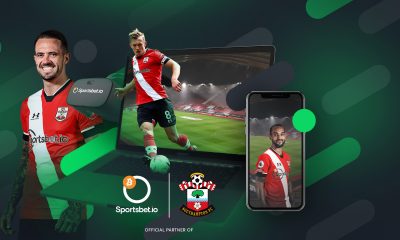

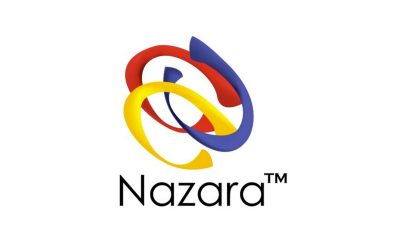







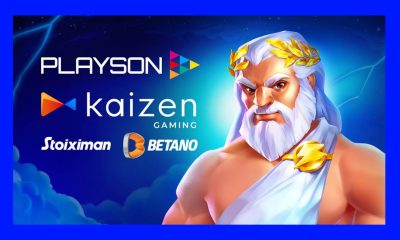


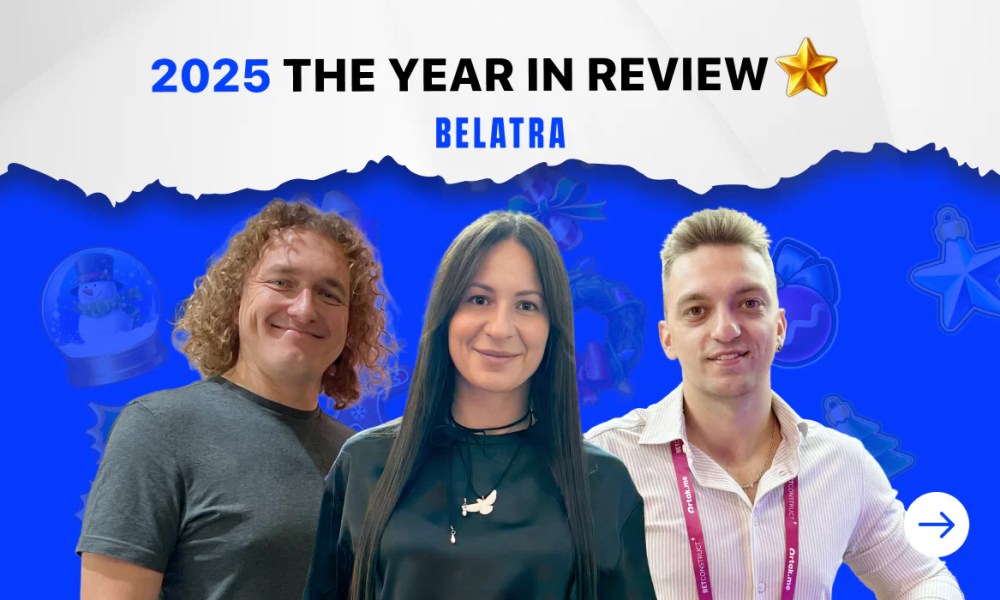
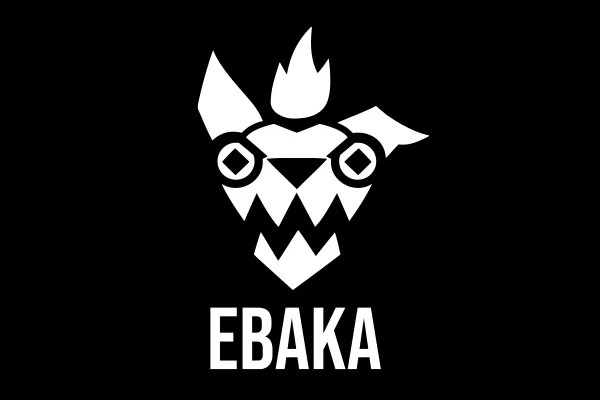


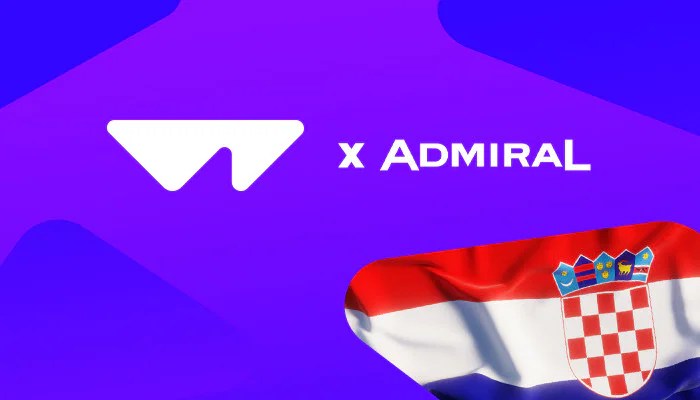


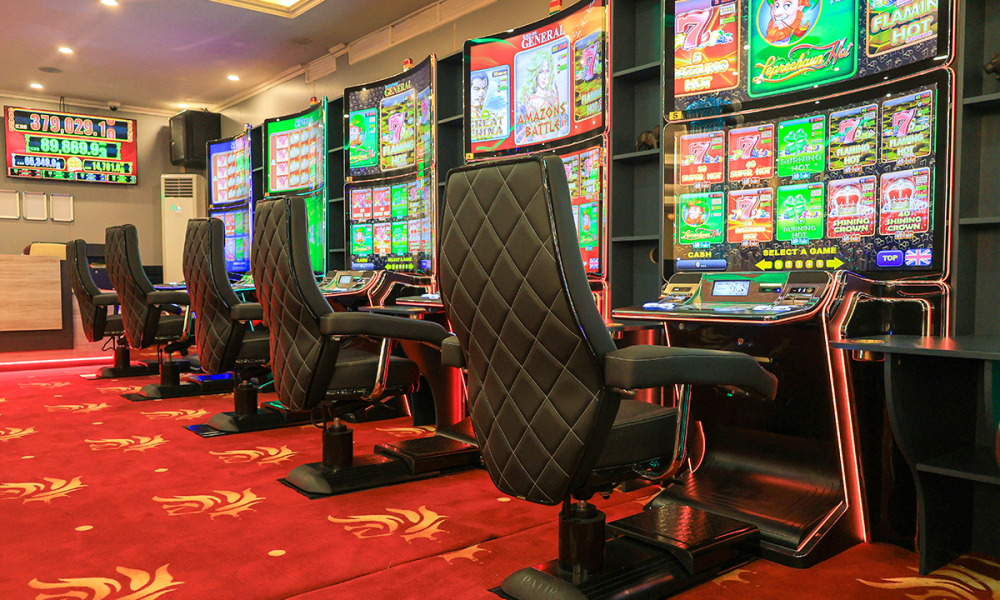

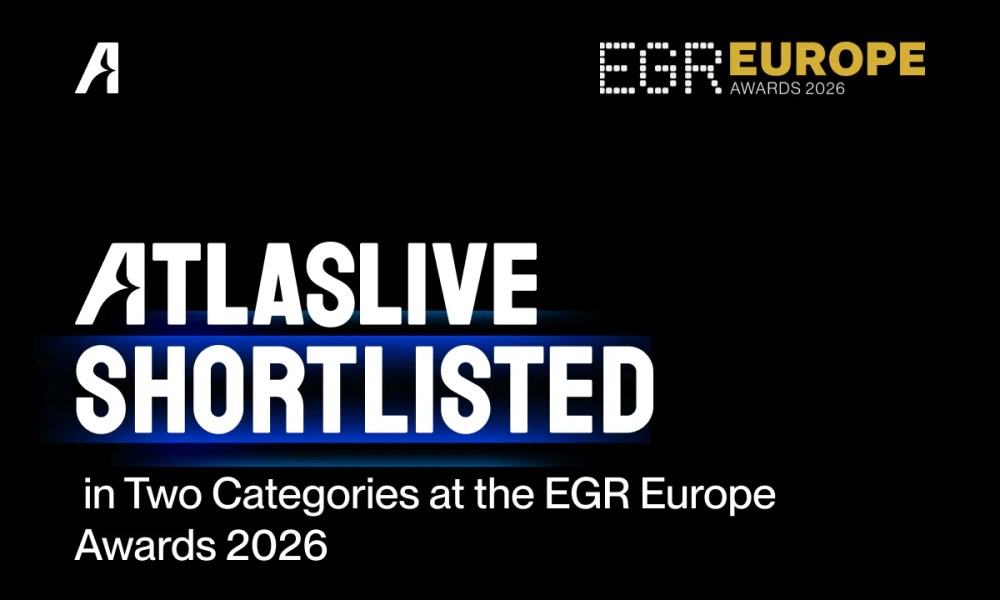
You must be logged in to post a comment Login